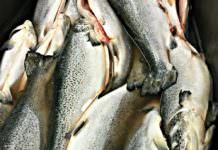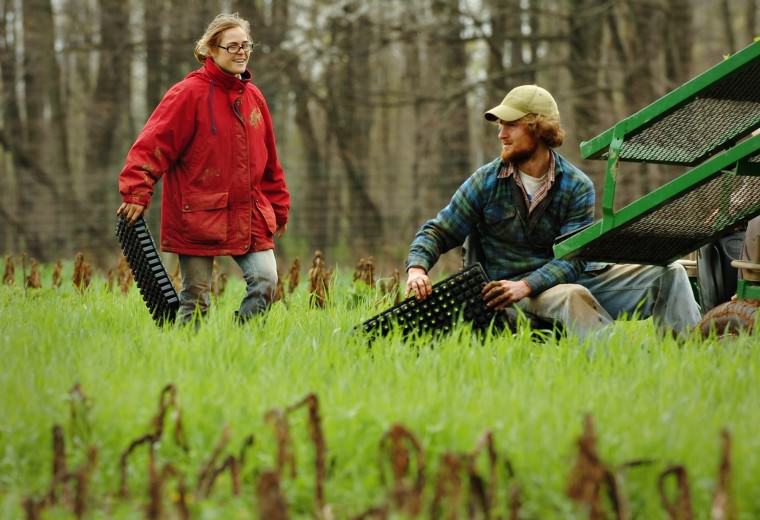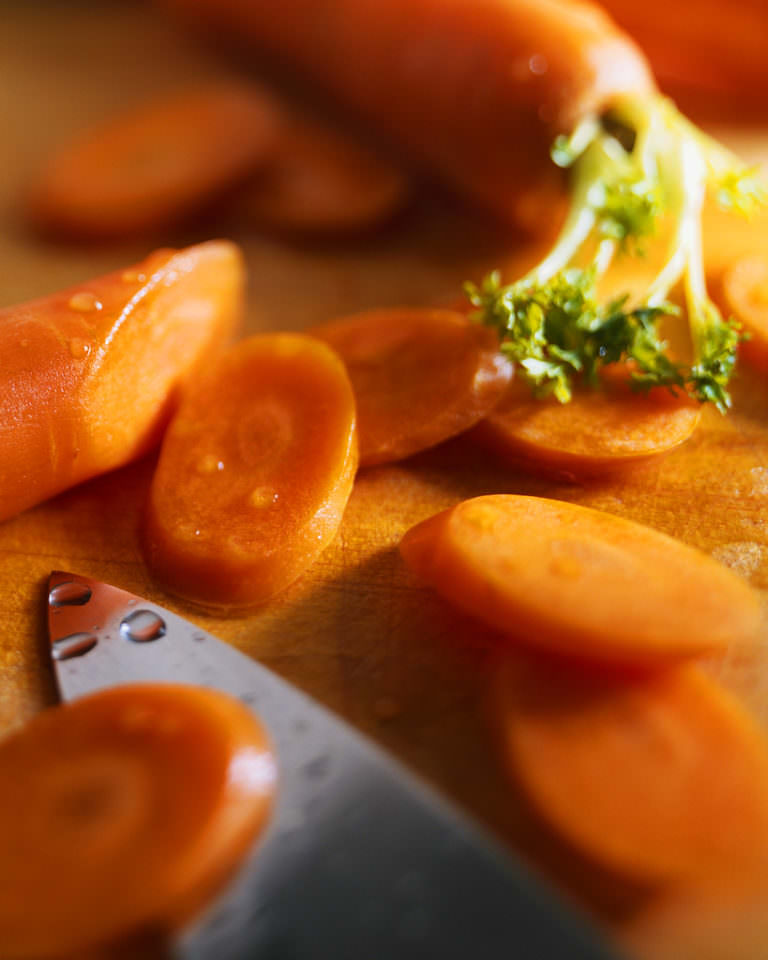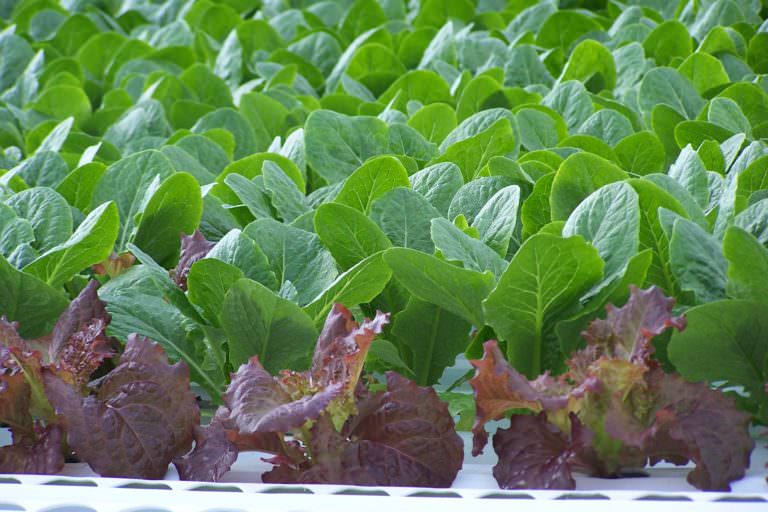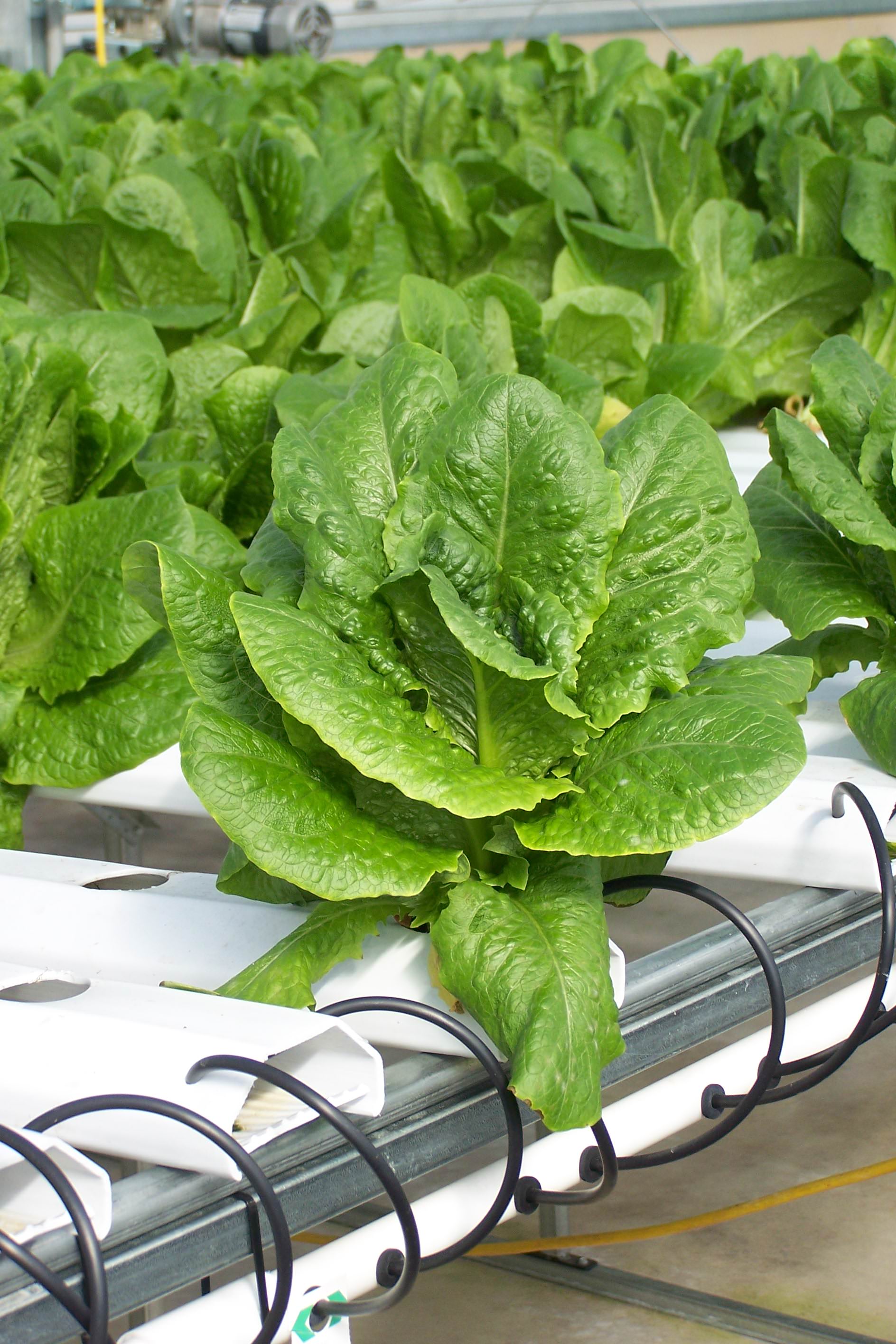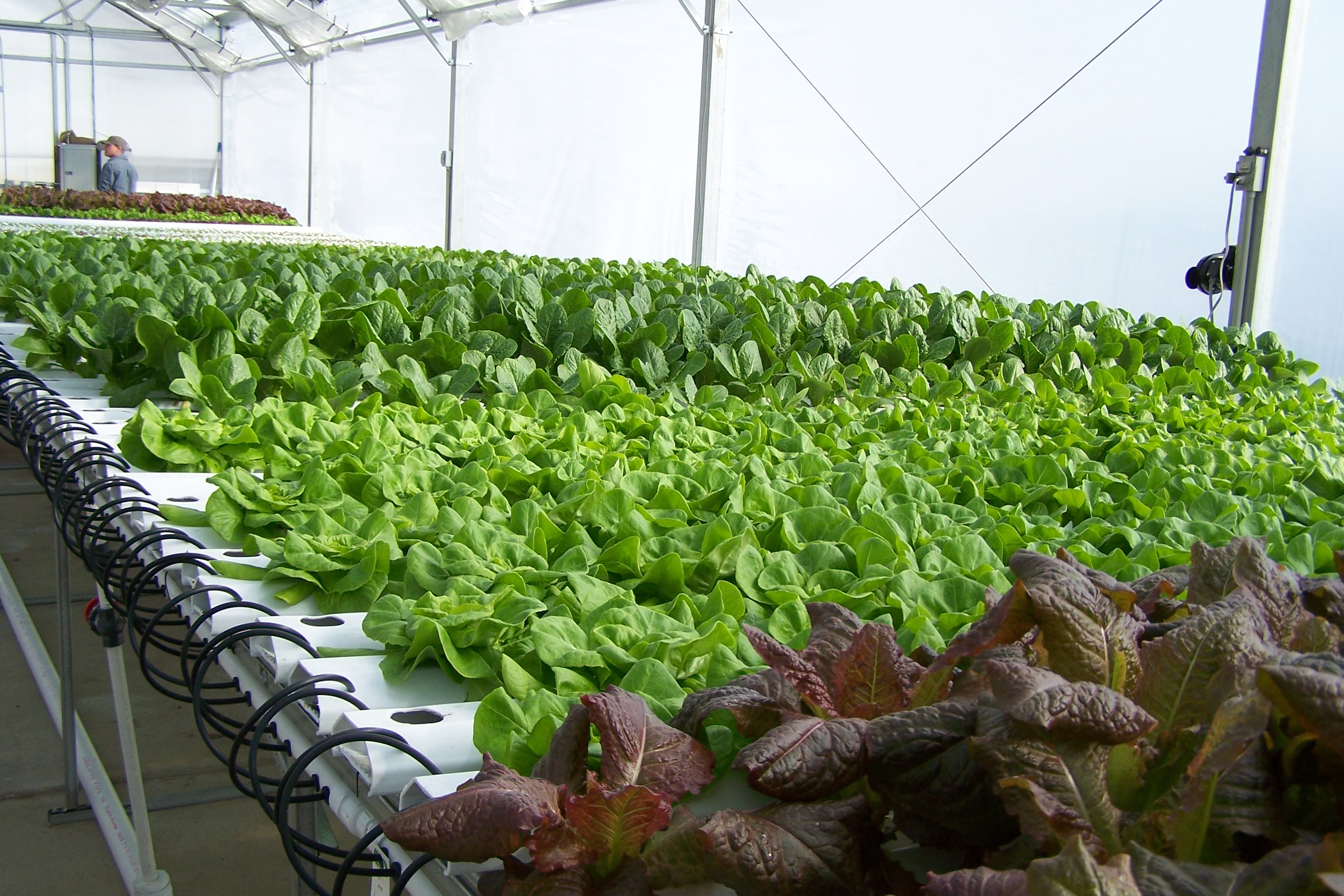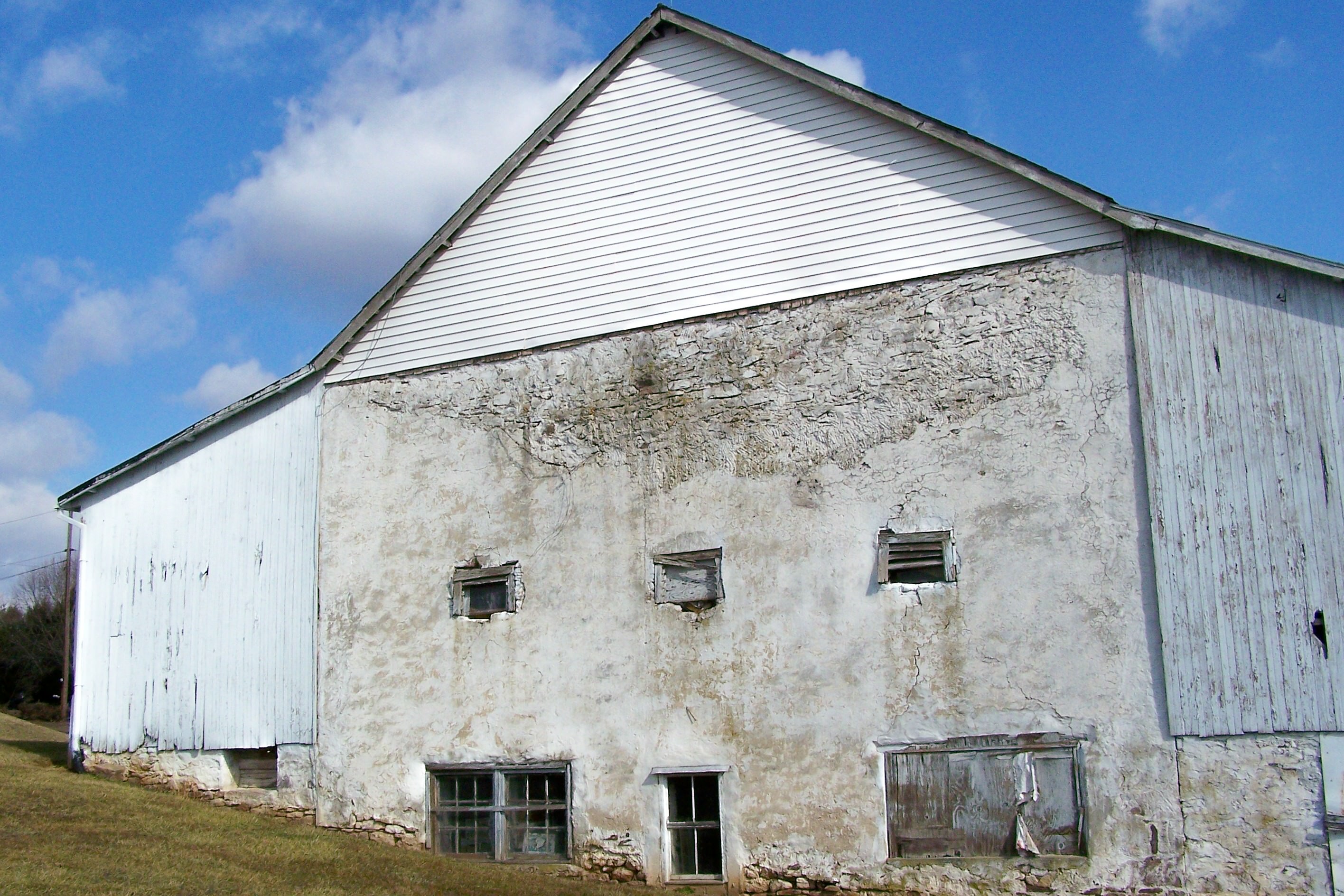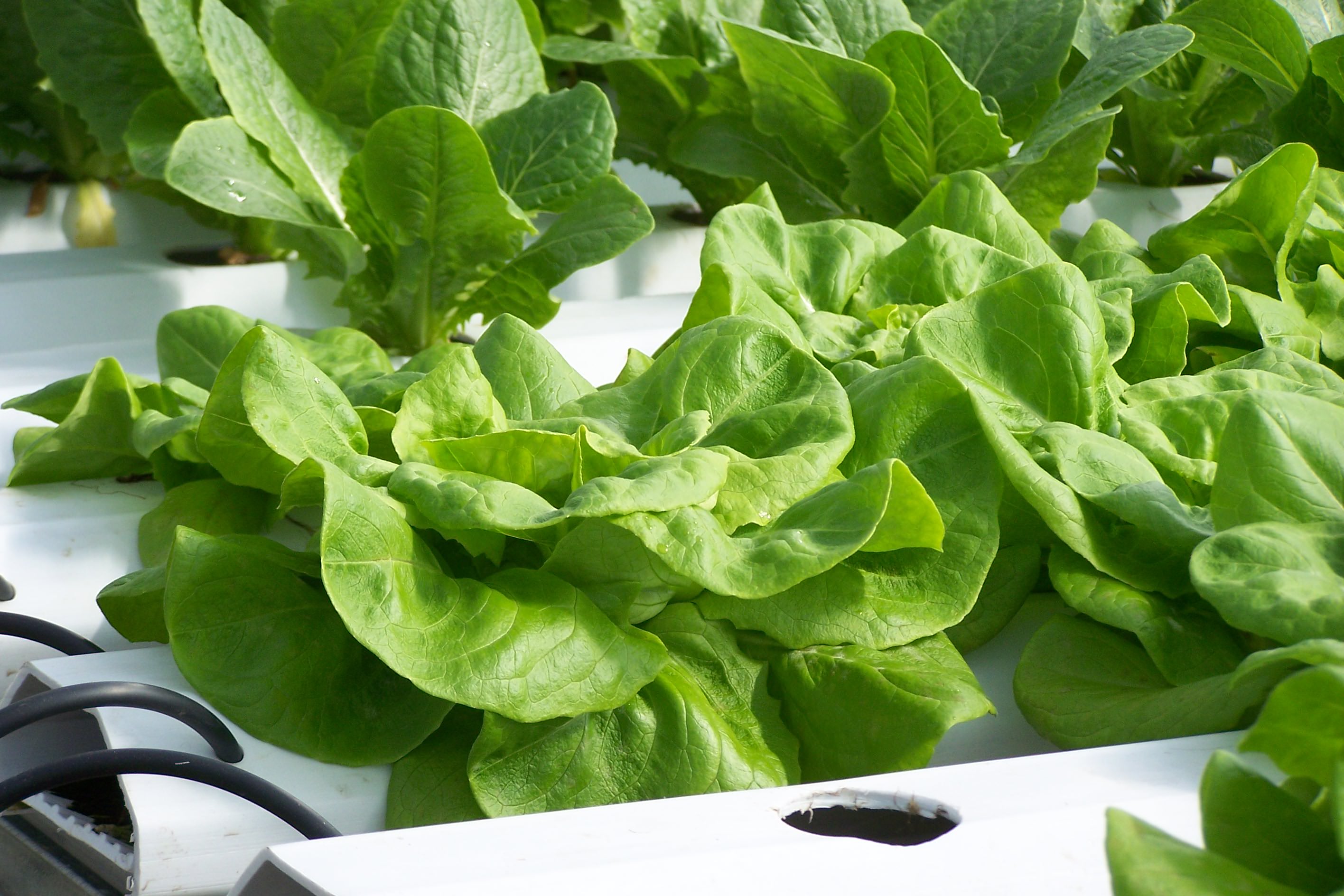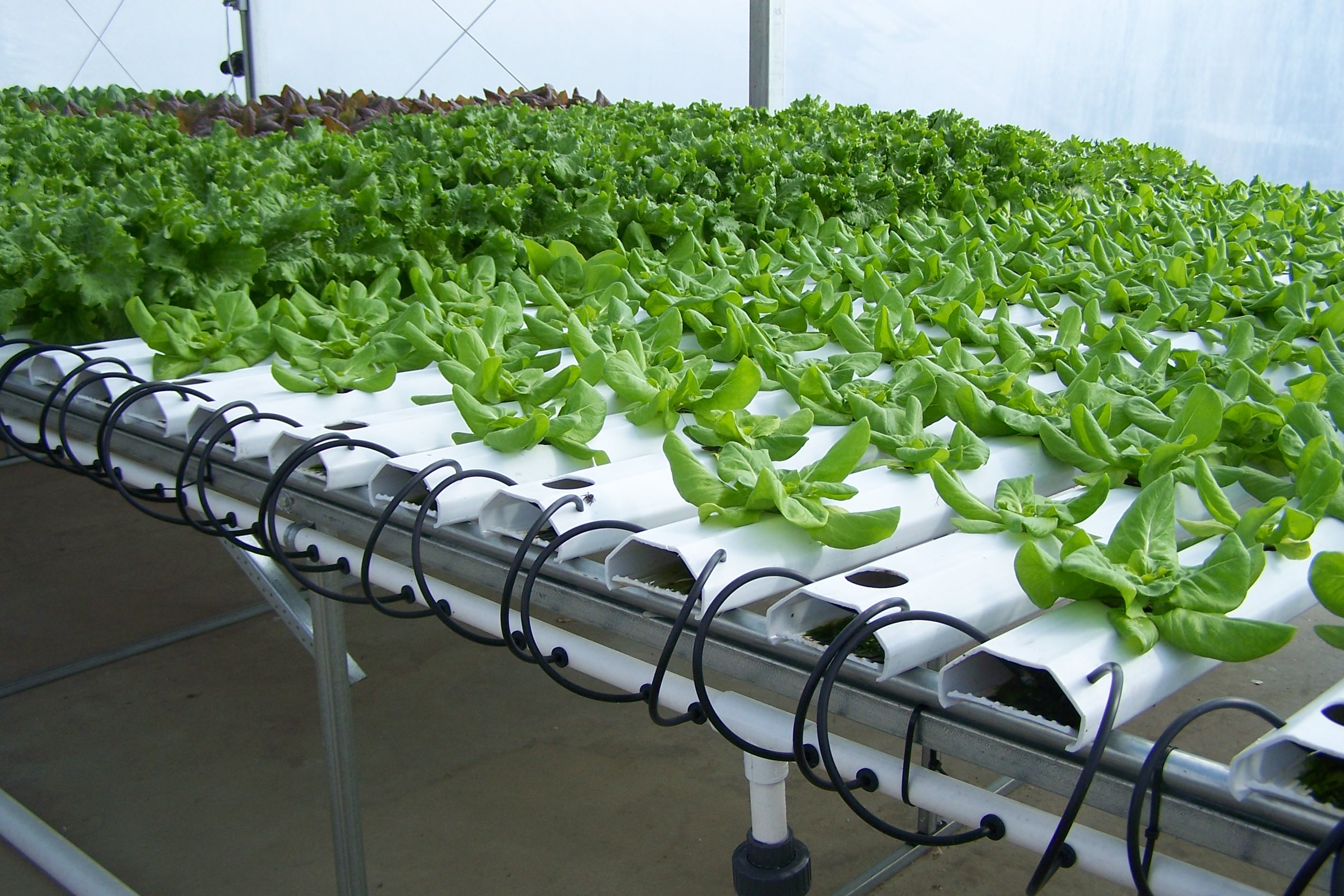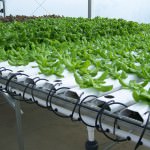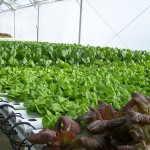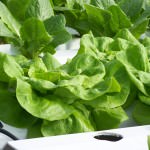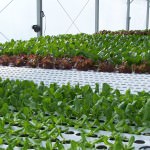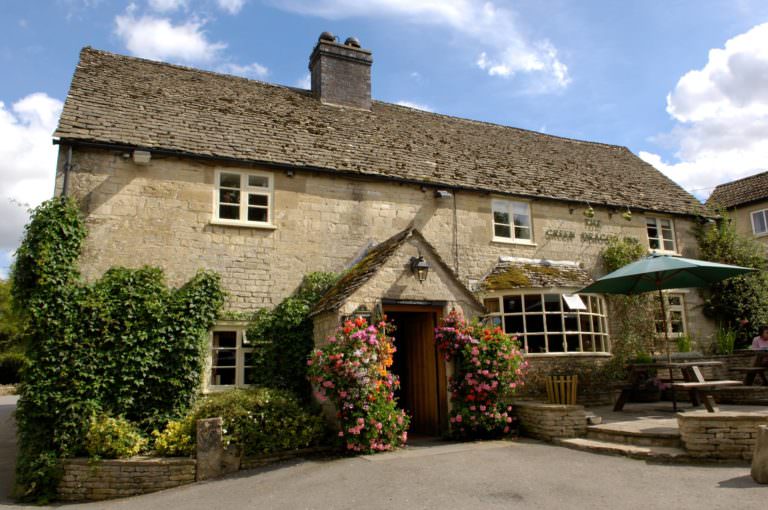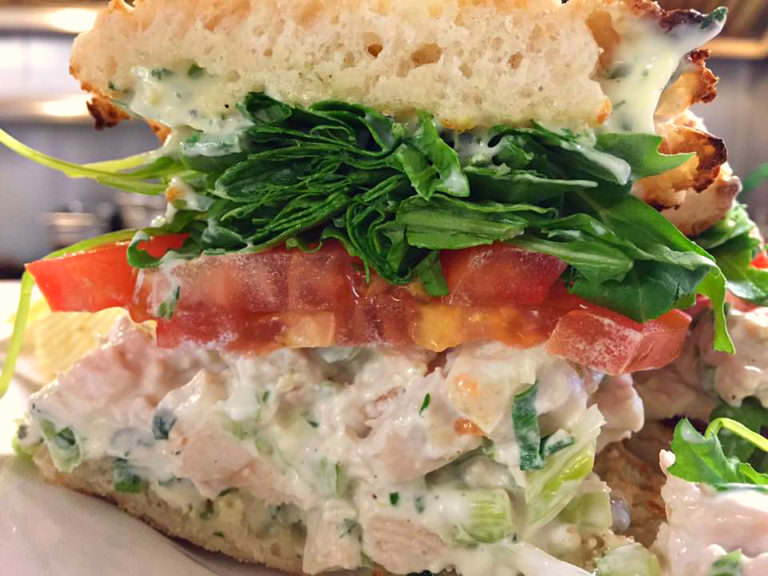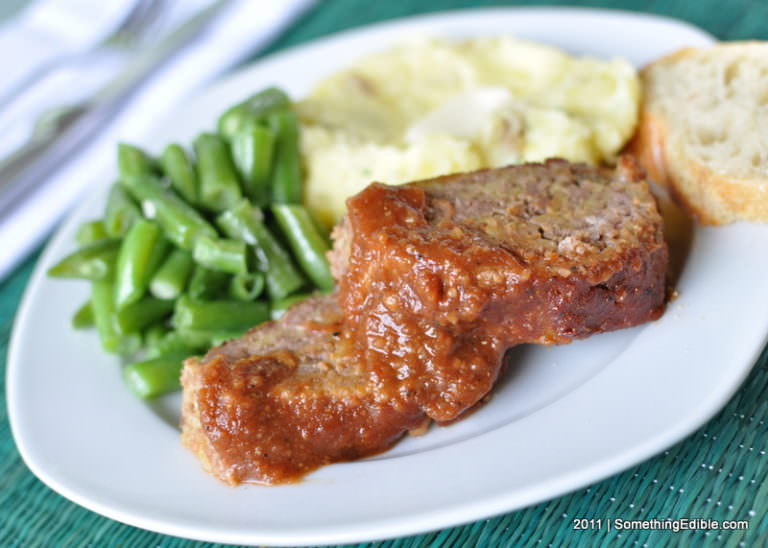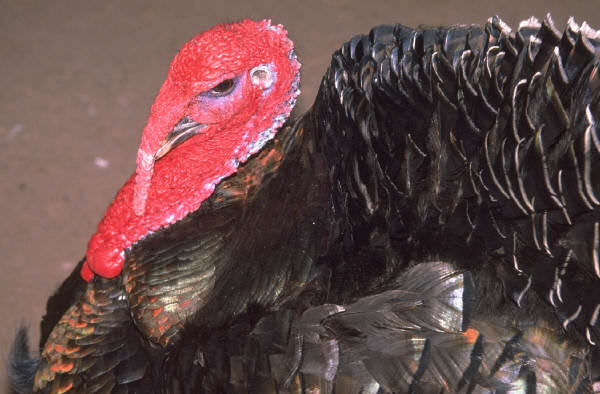A lot of things have been swirling around in my head lately. Maybe too many. But as we’ve gotten deeper into the Bucks County food scene, I’ve been forced to pay attention to some things that I have pushed – I’m ashamed to say – to the periphery. Namely, where does my food come from? What choices should I be making more carefully, say about organic, locally produced, or non-hormone/antibiotic protein sources?
You know what I’m talkin’ about.
Often these days, I find my hand – and mind – hovering over these choices in the grocery store. And too often, I allow price and price alone, to make my decision for me. I guess I’m basically cheap (my family will agree).
 Part of the problem is these decisions are not clear cut. For instance, what does “organic” mean? Pure, safe, non-chemical, good for the environment? Is an organic certification some kind of “Good Housekeeping Seal of Approval?” Or is it an empty marketing promise?
Part of the problem is these decisions are not clear cut. For instance, what does “organic” mean? Pure, safe, non-chemical, good for the environment? Is an organic certification some kind of “Good Housekeeping Seal of Approval?” Or is it an empty marketing promise?
And is buying something organic from Chile better than from a local Bucks County farmer, who’s following sustainable agriculture practices, not using chemicals, but can’t afford to pay an organic certification organization to give him that seal? Yikes. So you see why my hand hovers.
I was gladdened, therefore, to see several articles appear in the New York Times over the past month, exploring these issues and providing some education for me. I’m excerpting them below, but I strongly recommend you go and read them in their entirety, along with any useful links.
Kim Severson and Andrew Martin explore the topic in light of the recent peanut salmonella scare in their article, It’s Organic, but Does That Mean It’s Safer?
Although the rules governing organic food require health inspections and pest-management plans, organic certification technically has nothing to do with food safety.
Urvashi Rangan, a senior scientist and policy analyst with Consumers Union, the nonprofit publisher of Consumer Reports, puts a finer point on it.
Because there are some increased health benefits with organics, people extrapolate that it’s safer in terms of pathogens. I wouldn’t necessarily assume it is safer.
Reading that gave me a jolt. I realized that I too had assumed that. The article goes on to describe the history of organic food certification, stating that by 2002 a set of federal organic regulations limiting pesticide use, restricting kinds of animal feed and forbidding dozens of other common agricultural practices had been put into place. Severson and Martin report:
To determine who would be allowed to use the green and white “certified organic” seal, the Department of Agriculture deputized as official certifiers dozens of organizations, companies and, in some cases, state workers. These certifiers, then, are paid by the farmers and manufacturers they are inspecting to certify that the standards have been met. Depending on several factors, the fee can be hundreds or thousands of dollars.
Arthur Harvey, a Maine blueberry farmer who does organic inspections, says in the article:
Certifiers have a considerable financial interest in keeping their clients going.
First, let me say I think most organic growers are in it for the best of reasons. But I was surprised to learn how all this works. I think I’m like most Americans in that I assumed some government agency was “taking care” of this. As it turns out, like most things these days, both the Department of Agriculture and the Food and Drug Administration have their hands full, and have difficulty overseeing all of it.
Mark Bittman, food writer for the New York Times and well-known cookbook author, tackles the topic in his article, Eating Food That’s Better for You, Organic or Not . His bone to pick, so to speak, is the confusion around what “organic” really means, and whether it is the only choice if one want to eat healthy. In his recent U.S. book tour, he shares the reactions he got from audiences.
No matter how carefully I avoided using the word “organic” when I spoke to groups of food enthusiasts about how to eat better, someone in the audience would inevitably ask, “What if I can’t afford to buy organic food?” It seems to have become the magic cure-all, synonymous with eating well, healthfully, sanely, even ethically.
But eating “organic” offers no guarantee of any of that. And the truth is that most Americans eat so badly…that the organic question is a secondary one. It’s not unimportant, but it’s not the primary issue in the way Americans eat.
Bittman goes on to quote Michael Pollan, the author of In Defense of Food, who advises that we avoid eating “edible food-like substances” and stick to real ingredients, like vegetables. Pollan argues for a “simple shift in eating habits away from animal products and highly processed foods to plant products.”
From these changes, says Bittman, “Americans would reduce the amount of land, water and chemicals used to produce the food we eat, as well as the incidence of lifestyle diseases linked to unhealthy diets, and greenhouse gases from industrial meat production.”
And, Bittman says:
The food would not necessarily have to be organic, which, under the United States Department of Agriculture’s definition, means it is generally free of synthetic substances; contains no antibiotics and hormones; has not been irradiated or fertilized with sewage sludge; was raised without the use of most conventional pesticides; and contains no genetically modified ingredients.
The government’s organic program, says Joan Shaffer, a spokeswoman for the Agriculture Department, “is a marketing program that sets standards for what can be certified as organic. Neither the enabling legislation nor the regulations address food safety or nutrition.”
Finally, a definition of organic that I can hang my hat on. And, “organic” doesn’t mean “local” either – another misconception. It just means it meets the USDA’s organic certification standards.
“It doesn’t matter if it’s from the farm down the road or from Chile,” Ms. Shaffer said. “As long as it meets the standards it’s organic.” So it might be organic frozen vegetables grown in China and sold here. Think about that carbon footprint.
Let’s look at the local picture. Those of us living in Bucks County are blessed with local produce in abundance, especially in the prime growing seasons. But as Bittman points out:
…most farmers who practice truly sustainable farming, or what you might call “organic in spirit,” operate on small scale, some so small they can’t afford the requirements to be certified organic by the government. Others say that certification isn’t meaningful enough to bother.
So your local farmer may actually be farming organic, but can’t officially say so. Talk to him or her, which you can do at your local farmers’ markets, and find out.
Finally, in another recent New York Times article , Andrew Martin discusses what may be the “Age of Aquarius” for the organic and natural food movement, with Democrats in power, and a first lady digging her own garden on the White House lawn (Note: As part of the economic stimulus plan, the Agriculture Department also plans to award $250 million in loan guarantees, spread over the next two years, for local and regional food networks.)
Everyone seems to be giving the administration advice. For example, “author Michael Pollan has called on President Obama to pursue a ‘reform of the entire food system’ by focusing on…diversified, regional food networks,” Martin reports.
But there are fears the movement may not be savvy enough for Washington. Pollan compares sustainable-food activists to environmentalists in the 1970s, saying, the movement “is not ready for prime time. It’s not like we have an infrastructure with legislation ready to go.” But Martin says that while the movement may not be ready to turn Washington on its head:
Sustainable-food activists and entrepreneurs have convinced more Americans to watch what they eat. They have encouraged the growth of farmers’ markets and created such a demand for organic, natural and local products that they are now sold at many major grocers…
“Increasingly, companies are looking to reduce the amount of additives,” says Ted Smyth, who retired earlier this year as senior vice president at H. J. Heinz. “Consumers are looking for more authentic foods. This trend absolutely has percolated through into mainstream foods.”
Nancy M. Childs, a professor of food marketing at St. Joseph’s University, said sustainable food activists forced the broader public to focus on the quality and sourcing of food, which in turn has prompted demand for farmers’ markets and local produce…
But Ms. Childs worries that some of the activists’ recommendations for buying fresh, local or organic food cannot be adopted by many Americans because those foods may be too expensive. “By singling out certain lifestyles and foods, it’s diminishing very good quality nutrition sources,” she says. “Frozen goods, canned goods, they are not bad things. What’s important is that people eat well, within their means.”
This all leaves me with one conclusion. We, as consumers, have to educate ourselves and make choices that are in the best interest of our health, our wallets and our concerns for the planet, trying to balance all three.
The fortunate part is that living in America in the 21st century, and in Bucks County, we have a lot of options at our fingertips. And price is not always the issue – in fact, especially in season, local food can be cheaper.
Also, to learn more, check out this glossary of terms on the Pennsylvania Buy Fresh Buy Local Web site.
What are your thoughts on these topics? Please leave us your comments and educate us all a bit more.

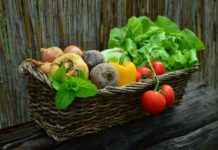



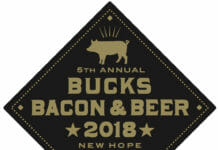
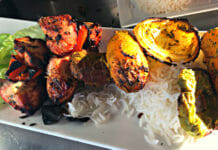

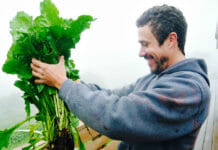
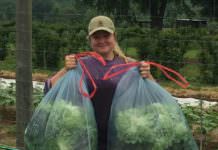
![What we’re reading [Oct 16 2017]](https://www.buckscountytaste.com/wp-content/uploads/2017/10/coffee_macbook_reading_pexels-photo-414630-218x150.jpeg)
